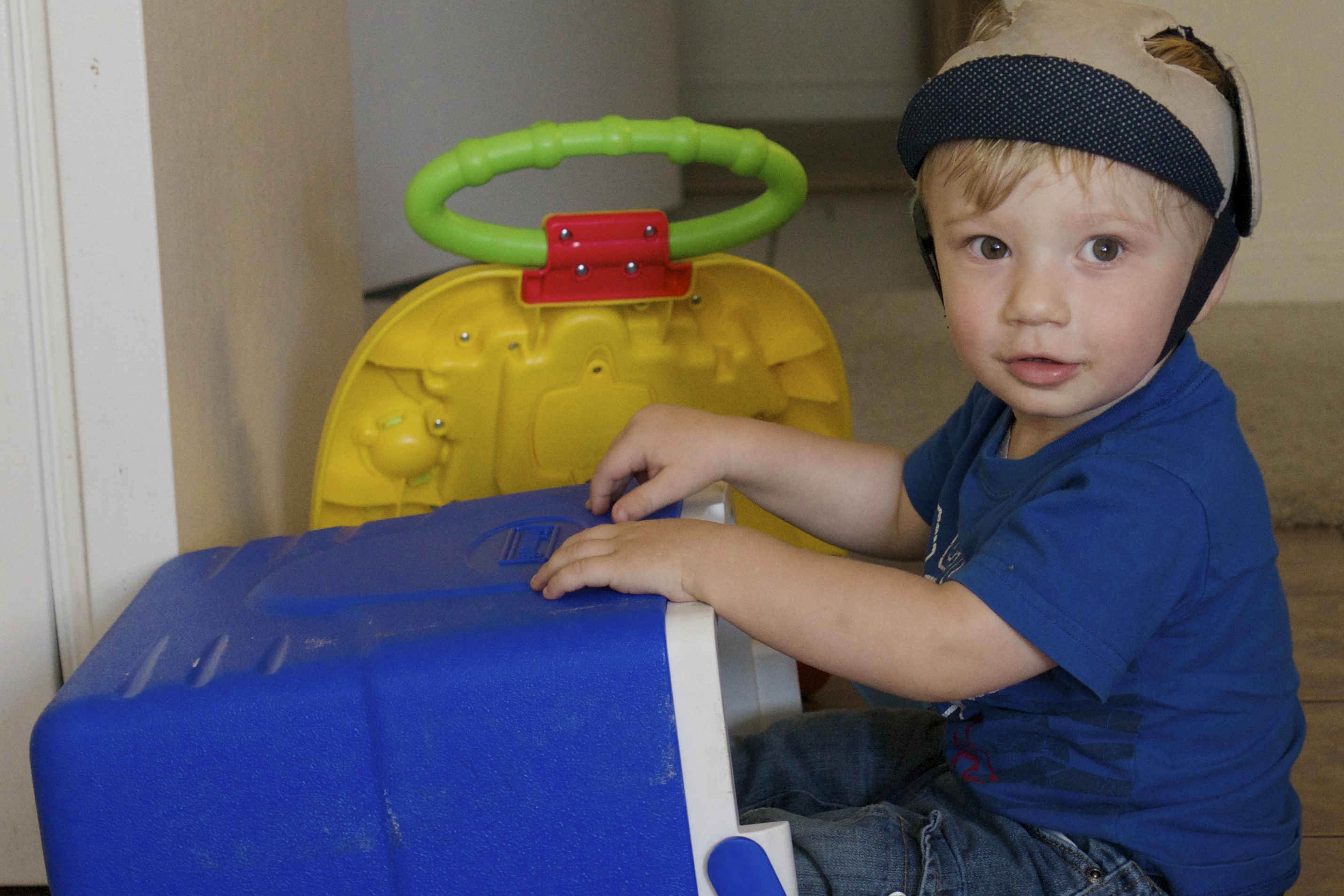Clark has been diagnosed with Dyskeratosis Congenita (DKC). Our doctors point to this as the reason he has Aplastic anemia. But what does does having DKC really mean?
If you think of Hemophilia and Aplastic Anemia each as massive, monster diseases on their own, then you should consider Dyskeratosis Congenita as a lair in which monsters are continuously created and unleashed.
DKC is a congenital disease that directly affects DNA. The condition creates abnormally short telomeres on an individual’s DNA strands. Telomeres are the part of a DNA strand that allow it do divide and create more cells. When telomeres become short, the cells are not able to divide and multiply. When your cells can’t divide and multiply, this leads to a variety of problems which can include organ failure. When people age, they naturally get shorter and shorter telomeres. That is why people who have DKC, often get symptoms of organ failure that are somewhat similar to elderly people.

So as you might suspect, what’s most important to understand about Dyskeratosis Congenita is that it is not easily defined as “one” problem. The manifestation of short telomeres is difficult to predict.
At our meeting with our geneticists, we tried to figure out what symptoms to watch for that might be issues related to DKC. When asked, the answer was, “well, it is hard to say, it can manifest itself in many ways”. Ok, so then we asked what the lifespan of a person with DKC is, to which they answered “well, it is hard to say, we don’t have a lot of data on DKC”. We continued to pepper them with questions, but most of the answers were either vague responses or shrugs. Probably the most promising bit of information we received was that there doesn’t appear to be any correlation between intellectual function and DKC. But, even this came with a warning of “as far as we know…”
How new is our understanding of this disease? It was only as recent as 2003 that Richard Cawthorn at the University of Utah discovered that people over 60 with longer telomeres lived longer lives than people with short telomeres. We are only beginning to understand the effects of short telomeres, much less the disease that causes them prematurely.
Here’s what we do know… A patient receiving a bone marrow transplant can often look forward to complications of the liver, lungs and heart later in life. This is a patient with otherwise healthy organs. In Clark’s case, the short telomeres have already put him at a disadvantage. The conditions that might be magnified in a person when they are 50, are possible when Clark is 5.
We are cautiously optimistic as we head into our BMT, but even if it is successful, we will not be able to lower our guard. The cure is almost as bad as the disease, and there are a lot of surprises awaiting us from this disorder.














